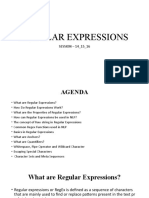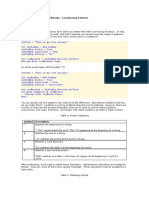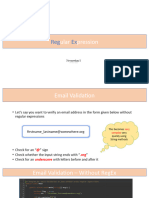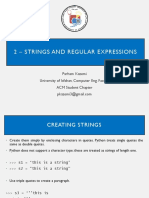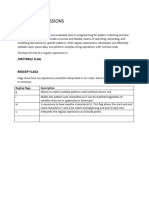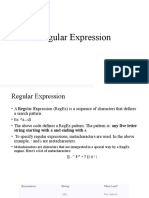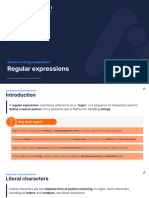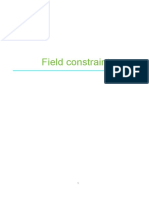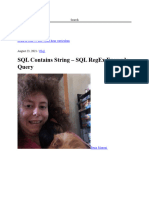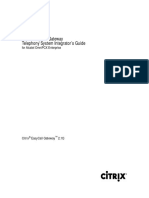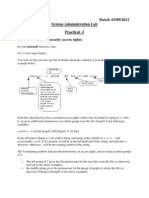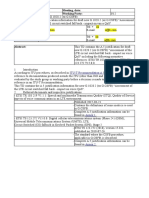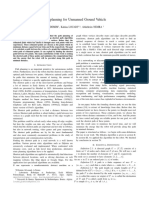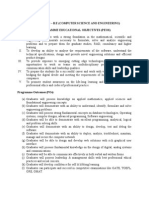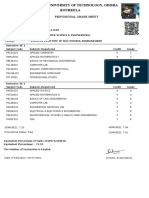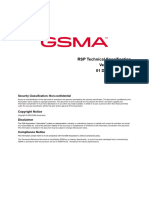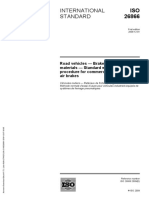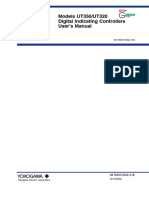0% found this document useful (0 votes)
39 views15 pagesRegular Expression
The document provides information about regular expressions (regex). It describes various elements of regex like repeaters, wildcard characters, character classes, grouping, alternation, anchors etc. It also gives examples of regex to validate a mobile number, email address, string with first uppercase character and lowercase letters with an optional digit.
Uploaded by
SIDDHICopyright
© © All Rights Reserved
We take content rights seriously. If you suspect this is your content, claim it here.
Available Formats
Download as PDF, TXT or read online on Scribd
0% found this document useful (0 votes)
39 views15 pagesRegular Expression
The document provides information about regular expressions (regex). It describes various elements of regex like repeaters, wildcard characters, character classes, grouping, alternation, anchors etc. It also gives examples of regex to validate a mobile number, email address, string with first uppercase character and lowercase letters with an optional digit.
Uploaded by
SIDDHICopyright
© © All Rights Reserved
We take content rights seriously. If you suspect this is your content, claim it here.
Available Formats
Download as PDF, TXT or read online on Scribd
/ 15











